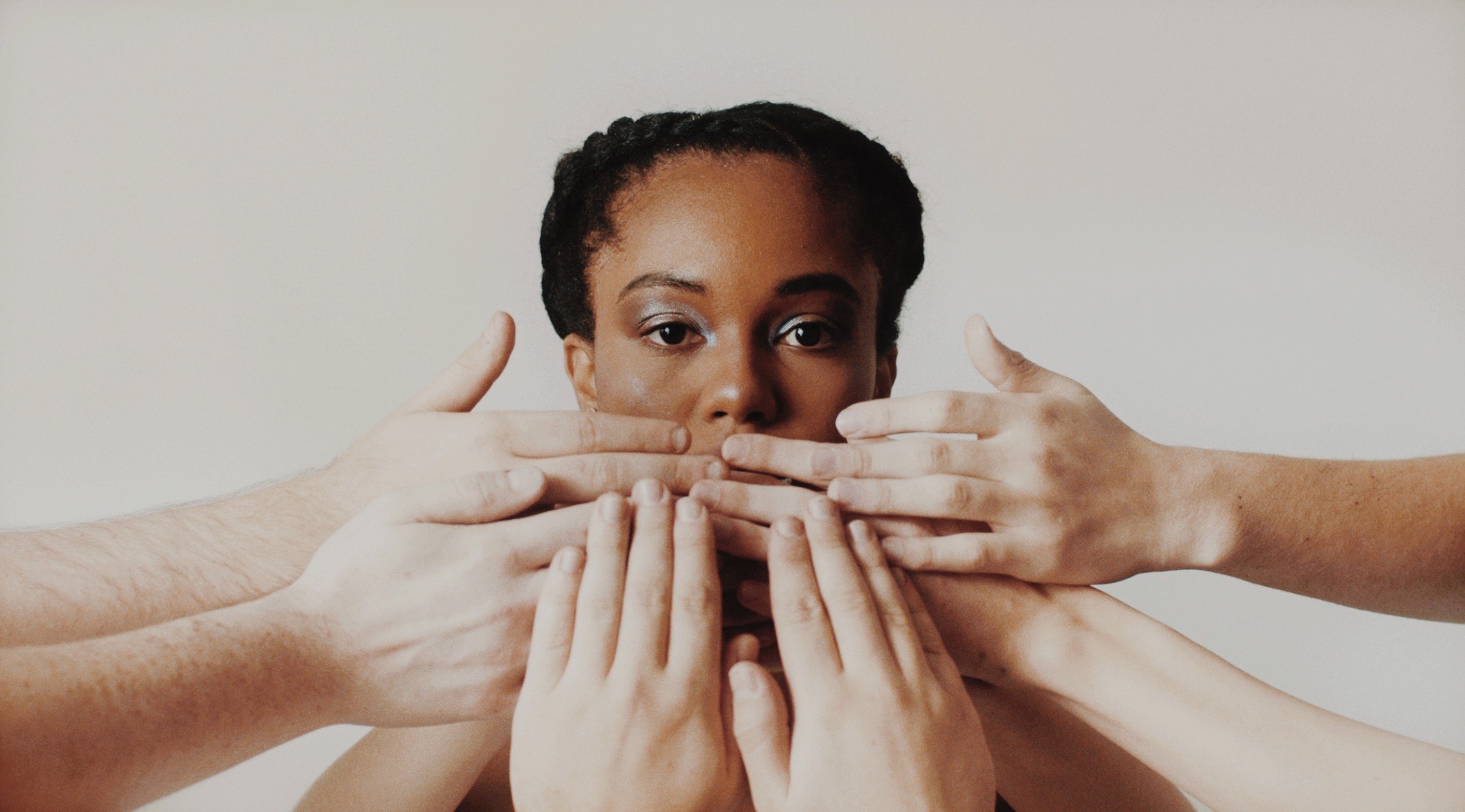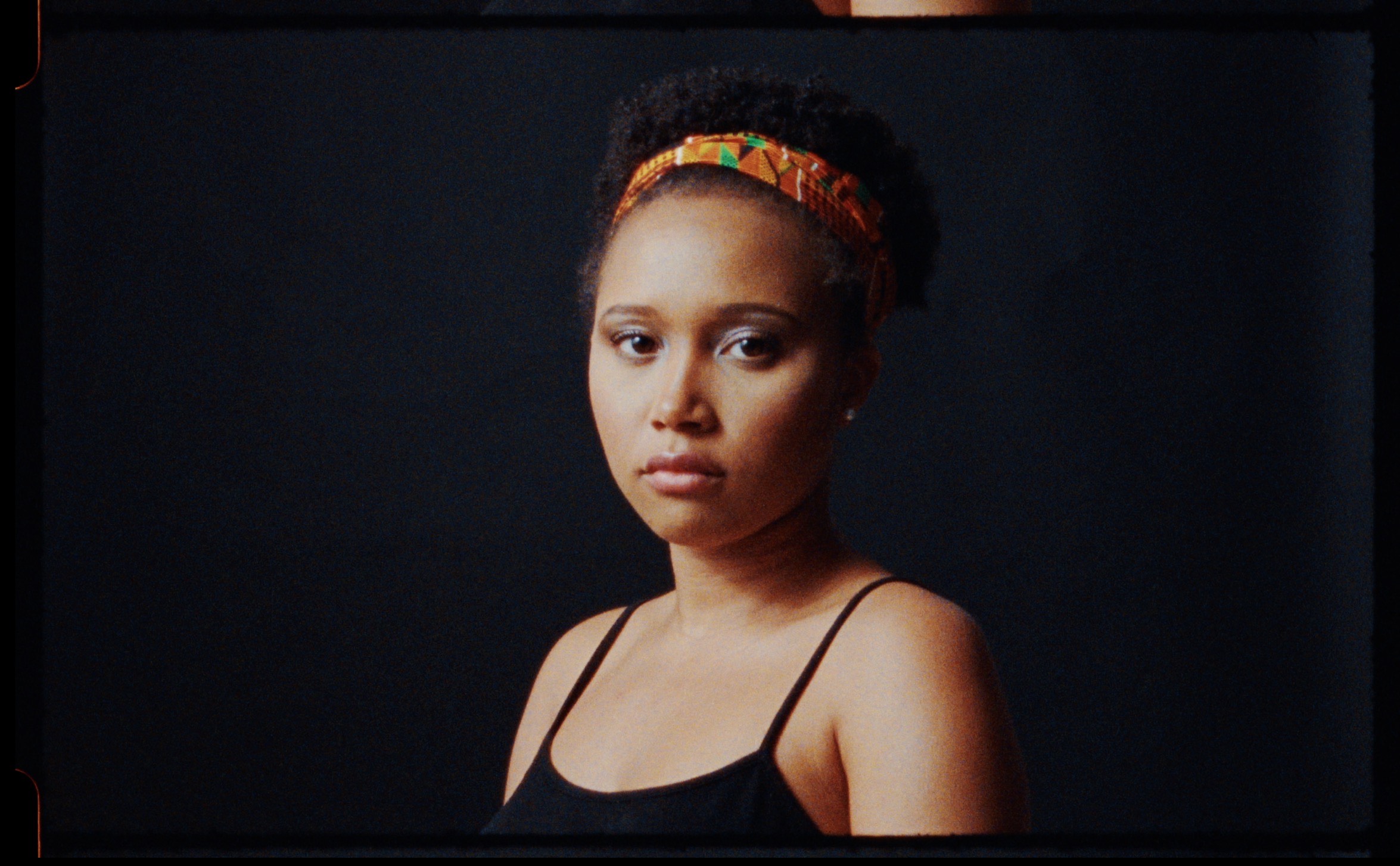
A Review Of: “to the girl that looks like me”
NATALIE Duerr highlights “To the girl that looks like me,” a must-see short film by ewurakua dawson-amoah.
review by natalie duerr
10.6.2021
Ewurakua Dawson-Amoah's visual poetry film “to the girl that looks like me” brims with compassion.
Each syllable and frame is enthralling, commanding your attention. In its short five-minute runtime, it broadcasts a message for Black women: love every inch of yourself, even amid forces that work to distance you from your worth. For non-Black viewers, it provides insight into what it is like to navigate the world as a Black woman.
“to the girl that looks like me” opens with a depiction of cultural appropriation. White women stare as a young Black woman gets her hair braided. Those stares soon turn into notetaking, and eventually, they too have their hair in cornrows. It leans into the frustration caused by the objectification Black women face. However, the film transforms that energy.
The following scenes meld that anger into a celebration of Black women discovering the power within themselves. These vignettes embody intimate strength and the eternal endurance to find peace. As the women find harmony in nature and among each other, the film captures the essence of realizing the beauty and potential of life itself.
While the visuals and poetry are strong enough to stand on their own, by bringing them together, Dawson-Amoah crafts a tender testament for viewers like her. She listens, empathizes, and reassures Black girls of the endless possibilities within them.
![]()
.Each syllable and frame is enthralling, commanding your attention. In its short five-minute runtime, it broadcasts a message for Black women: love every inch of yourself, even amid forces that work to distance you from your worth. For non-Black viewers, it provides insight into what it is like to navigate the world as a Black woman.
“to the girl that looks like me” opens with a depiction of cultural appropriation. White women stare as a young Black woman gets her hair braided. Those stares soon turn into notetaking, and eventually, they too have their hair in cornrows. It leans into the frustration caused by the objectification Black women face. However, the film transforms that energy.
The following scenes meld that anger into a celebration of Black women discovering the power within themselves. These vignettes embody intimate strength and the eternal endurance to find peace. As the women find harmony in nature and among each other, the film captures the essence of realizing the beauty and potential of life itself.
While the visuals and poetry are strong enough to stand on their own, by bringing them together, Dawson-Amoah crafts a tender testament for viewers like her. She listens, empathizes, and reassures Black girls of the endless possibilities within them.

